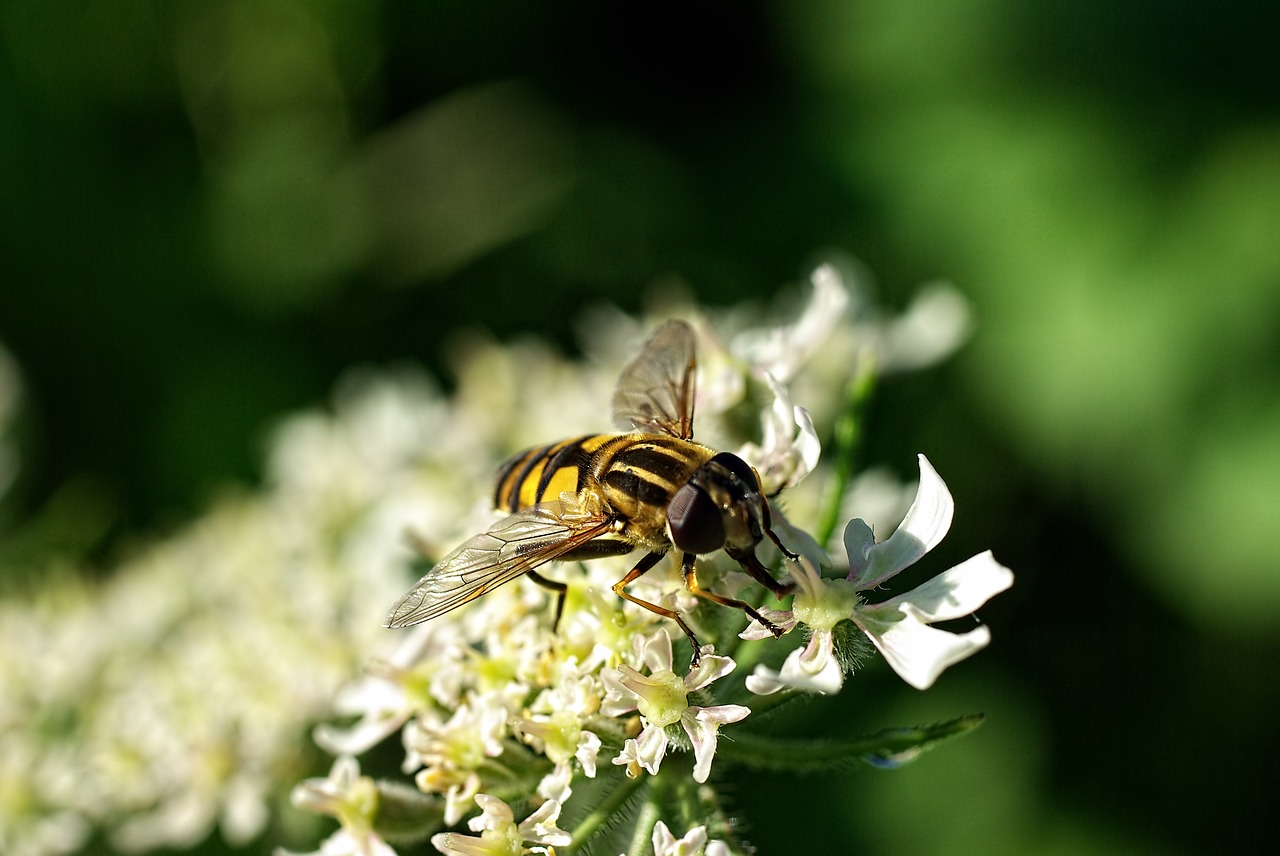
Natural Wool Insulation: Bug Resistant
PURE WOOL INSULATION by Wool.Life does not harbor dust mite or other bugs. To eliminate the risk of moths and carpet beetles which would normally destroy wool, it is treated with a non-toxic bio-insect repellant. We NEVER use Boric Acid because of the negative health effects associated with it.
Natural Wool Insulation: Bug Resistant
PURE WOOL INSULATION by Wool.Life does not harbor dust mite or other bugs. To eliminate the risk of moths and carpet beetles which would normally destroy wool, it is treated with a non-toxic bio-insect repellant.
All wool is treated with something to deter insects at the scouring stage, whether it is going to be a garment etc. Wool.Life has control of its entire processes, so our wool is washed with a small amount (0.25% by weight) of a non-ionic and non-toxic insect repellent called Eulan SPA which is based on the chrysanthemum plant. This is a liquid detergent added to the final scouring (cleaning) stage of the wool. It is absorbed into the inner core of the wool fiber, so it is not a topical deterrent or powder. This product is the industry standard for wool clothing etc.
Why to avoid Boric Acid:
We NEVER use Boric Acid because of the negative health effects associated with it. In December of 2010, the E.U. reclassified the ‘Borate’ group of chemicals that borax belongs to as a Substance Of Very High Concern (SVHC) due to its potential to be hazardous to reproductive health.
Borates have been classified as carcinogenic, mutagenic, or toxic for reproduction. Europe is usually several years ahead of America in regards to health (ie. GMOs are banned in Europe). Boric Acid has also been completely banned in Australia.
When Boric Acid is used in wool, it has to be applied at very high levels — 1% by volume, which is actually 8% by weight. This means that for every 100 pounds of “wool”, 8 pounds of it will be Boric Acid.
See articles:
“BORATES Banned in the EU Without Exception”
“Boric Acid infocard from the European Chemicals Agency”